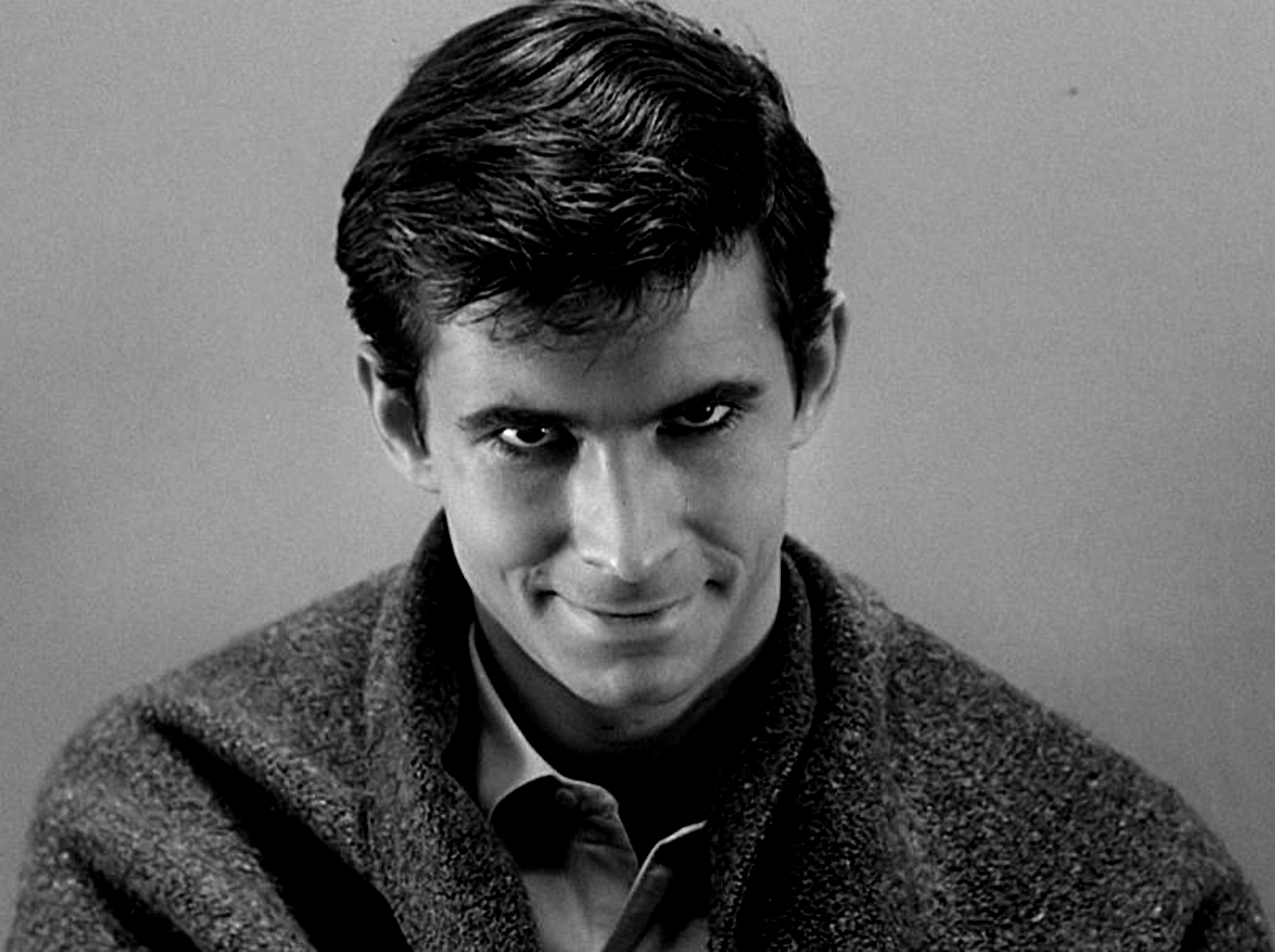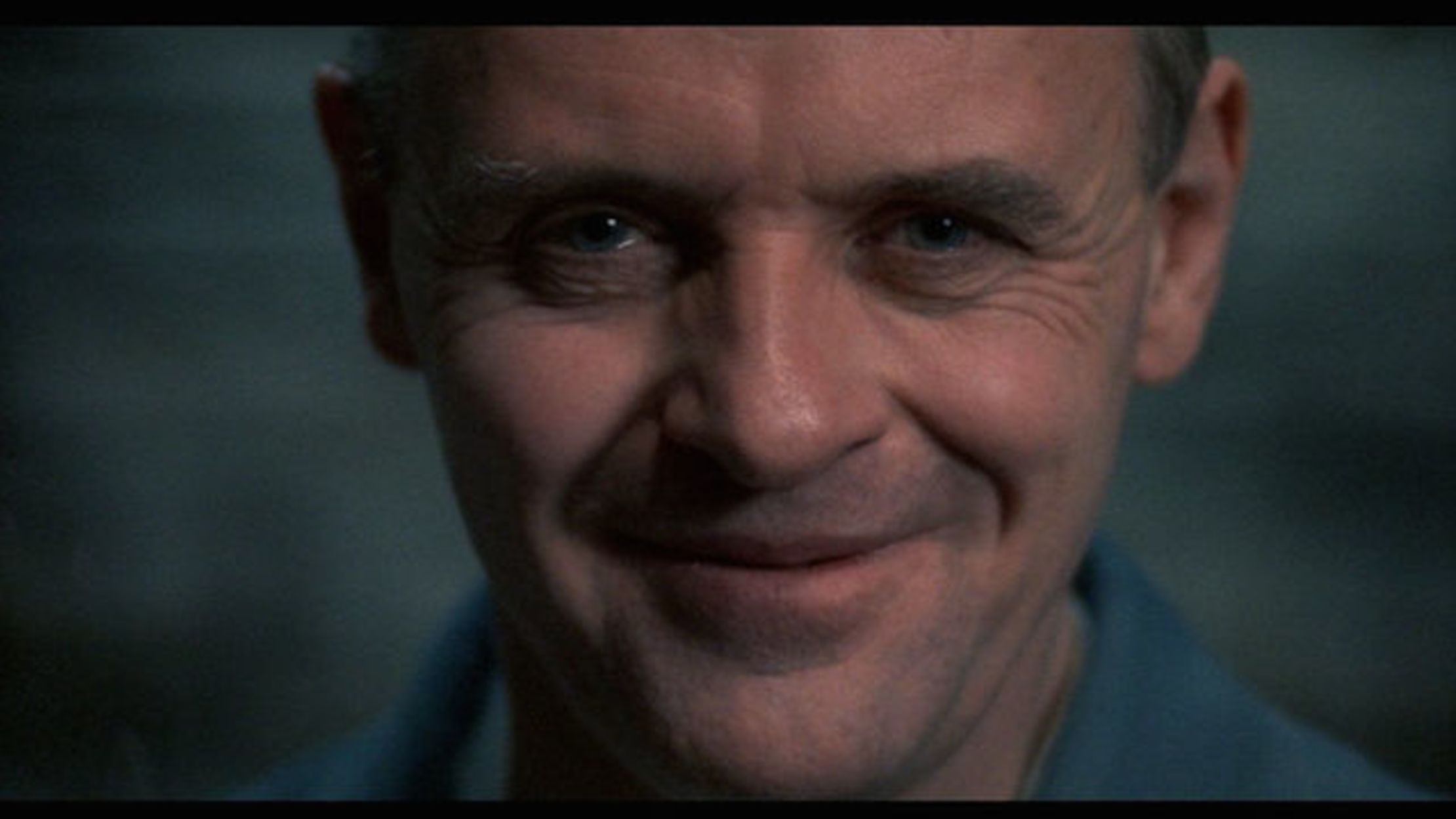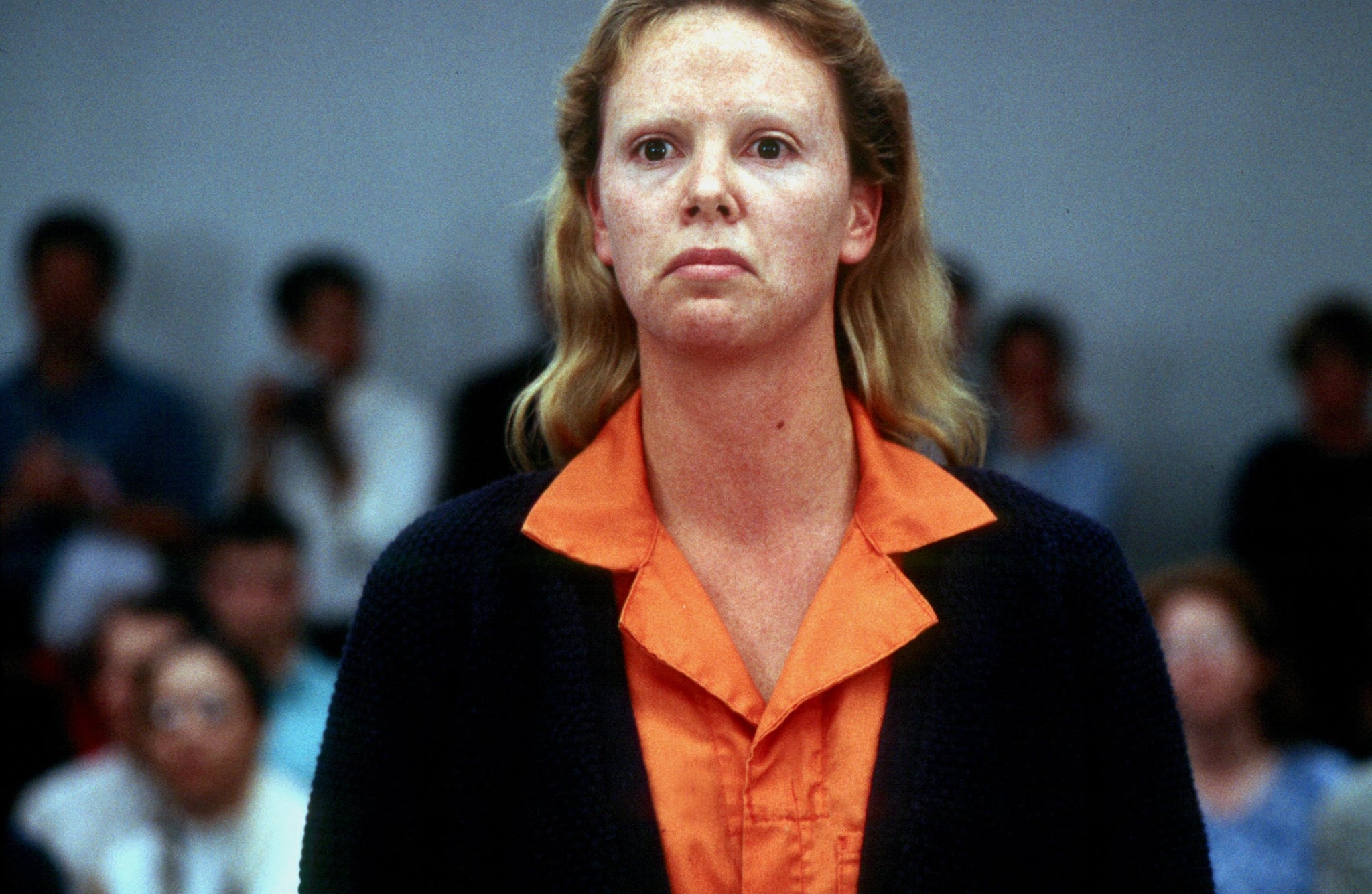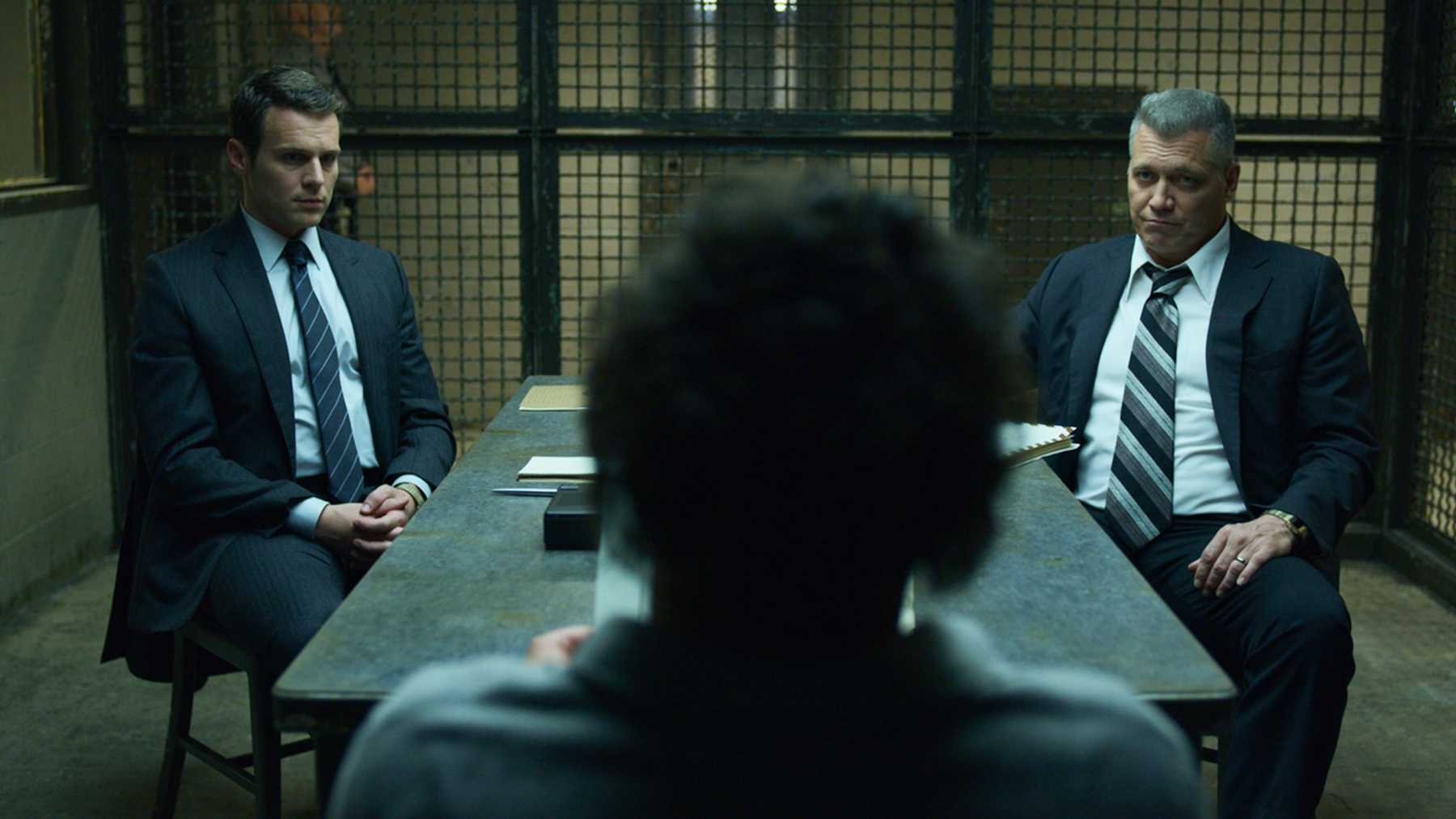With “Spooky Season” coming to a close as quickly as it began, the appetite for horror films slowly dwindles to make way for your favourite Christmas films. But what you should be (and are) watching instead of Friday the 13th for the umpteenth time are things way more sinister.

Fantasy should not be a genre in film. The term itself is so broad, that you could argue most, if not all of the fiction you see on screen is indeed some kind of fantasy being played out in front of you.
While in the convention of things, “fantasy” refers to witches, wizards, magic and dragons, it should, and sometimes does, reflect a much more malevolent form of storytelling. Over multiple decades, stories surrounding and directly involving real life murderers have been brought to the screen for our viewing pleasure, a pleasure that is very rarely talked about beyond the walk back to the car after the screening.
We’ll start with Psycho, one of the most well known horror films and often considered Alfred Hitchcock’s masterpiece. The events that inspired the film were a series of murders and grave robberies committed by a man named Ed Gein. Gein murdered Burnice Worden in 1957 after it was reported to Police that he was the last person to see her after buying antifreeze at her convenience store. What they found was a barn strewn with human remains, and the experts who studied him suspected he had an oedipal obsession quite like Norman Bates in the film, and that he even made clothing out of women’s skin which inspired the story of Bates and their motel.
A lot of people don’t know the real world sickness behind some of their favourite horror films. While most, if not all of them, change what was one person’s fantasy and made a more famed monster from them, some films and television shows try to wear their heart on their sleeves and present the killers for who they really were. There’s no right or wrong way to do it, but there’s an argument for each that deserves to be broken down to its ominous core.
Gein’s murders also inspired director Tobe Hooper when making The Texas Chainsaw Massacre, as he, along with the film’s main murderer Leatherface, made obscure objects into household items, such as bowls made from human skulls and masks out of faces, hence the name.

The Silence of The Lambs was inspired by multiple murders, including Gein, Ted Bundy and Gary M Heidnik, who all contributed to the character of Buffalo Bill. A little known murderer by the name Alfredo Balli Trevino inspired one of the most well known criminals in fiction, Hannibal Lecter. Trevino was a surgeon who, when interviewed in prison by author Thomas Harris, came across so “elegant” that he believed he was the prison doctor. The way he spoke about the victims of a prison riot that he tended to was enough to stick with Harris and from it Lecter was born.
Other famous examples include Wolf Creek which focuses on Mick Taylor, who was based on Australian murderer Ivan Milat AKA The Backpack Killer. Halloween’s Michael Myers, while claimed not to be based on anyone, is thought to be a representation of Edmund Kempur, who committed crimes and lived life in a very similar way to Myers in the film, even though Kempur was convicted of crimes worse than Myers could ever conceive.
On the other side of the coin are the films that show the killers for who they really are. A recent example of such is Extremely Wicked, Shockingly Evil and Vile, a film about Ted Bundy, who murdered over 30 women, and his relationship with his girlfriend during the period that his crimes came to light. Bundy’s exploits also directly inspired American Psycho and The Deliberate Stranger, and his trials are some of the most infamous in history.

There’s Dahmer, based on Jeffery Dahmer and his brutal psychosis. Monster, with a killer (Aileen Wuornos) so bad that Charlize Theron won an Oscar for delving into her wicked mind. David Fincher’s magnum opus Zodiac tries to solve the identity of the Zodiac Killer from the 60’s and 70’s, leading to arguably the most terrifying scene in movie history. Spike Lee even tries to make the murderer the backdrop in Summer of Sam, about the mid 70’s murders committed by David Berkowitz, which he claims were guided by a demon in the form of a dog named Sam.
One of the most successful epics spawned from the aptly named “True Crime” genre is Mindhunter. Created by David Fincher and based on the memoir of the same name, the Netflix series set in the 70’s and 80’s follows Holden Ford, an FBI detective and his colleagues Bill Tench and Wendy Carr as they set out to study and understand the psyche behind the most brutal murderers of the century as a part of their Behavioural Science Unit, solving some of those notorious crimes along the way.
It essentially serves as The Avengers of serial killers, as the rogues gallery of the sickest minds in history make appearances, including many who have already been named in this article. Edmund Kempur makes multiple appearances, and encounters with Charles Manson, David Berkowitz, Richard Speck and Monte Rissel serve as highlights throughout the show.

What Mindhunter does is not only confronts the psychology of the most devious society has to offer, it delves into the idea that maybe those people are victims. This is established in the pilot, when a hot-headed Ford suggests that Charles Manson was a victim to Iowan police officers, much to their disgust, which serves as a catalyst for the rest of their investigations. The show also turns to the viewer in many inadvertent moments and asks them what they think of all of this. It’s that question that turns entertainment into an expose of human nature, and the surrealistic fantasies that we use as escapism.
The films mentioned above, and many that haven’t been named here have grossed near billions in box office, merchandise, books and spin-offs. What is it that indulges us in witnessing the worst parts of us be realised in front of us? The phrase “it’s just a movie” has a more alarming than calming effect when applied to these films. Fantasy has never been so twisted.
What we view as entertainment is often an exposure of the underbelly of our own psyche’s, and how far we care to look into them, and ourselves, will reveal truths that anyone could smile or wince at, depending on their motive. Our appetite for fright stems from a place of excitement and thrill, but their origins are from places we dare not go.
The question also beckons as to which is the “right” way to do things. Do you take a loose inspiration and create something scary from it, or do you bring the names of those who suffered and those who caused it to light in honour of the victims and their stories? There really is no correct way to do nay of it, and both inspire the same fear they intend on displaying to the masses.
Horror usually refers to those films with the biggest frights, but what it should also suggest is the nature of the characters we’re being presented with on our screens, and within ourselves. So next Halloween, when you’re thinking about watching Child’s Play again, pop Psycho back in the disc drive and think about what you see.
Subscribe to FIB’s Weekly Alchemy Report for your weekly dose of music, fashion and pop culture news!







